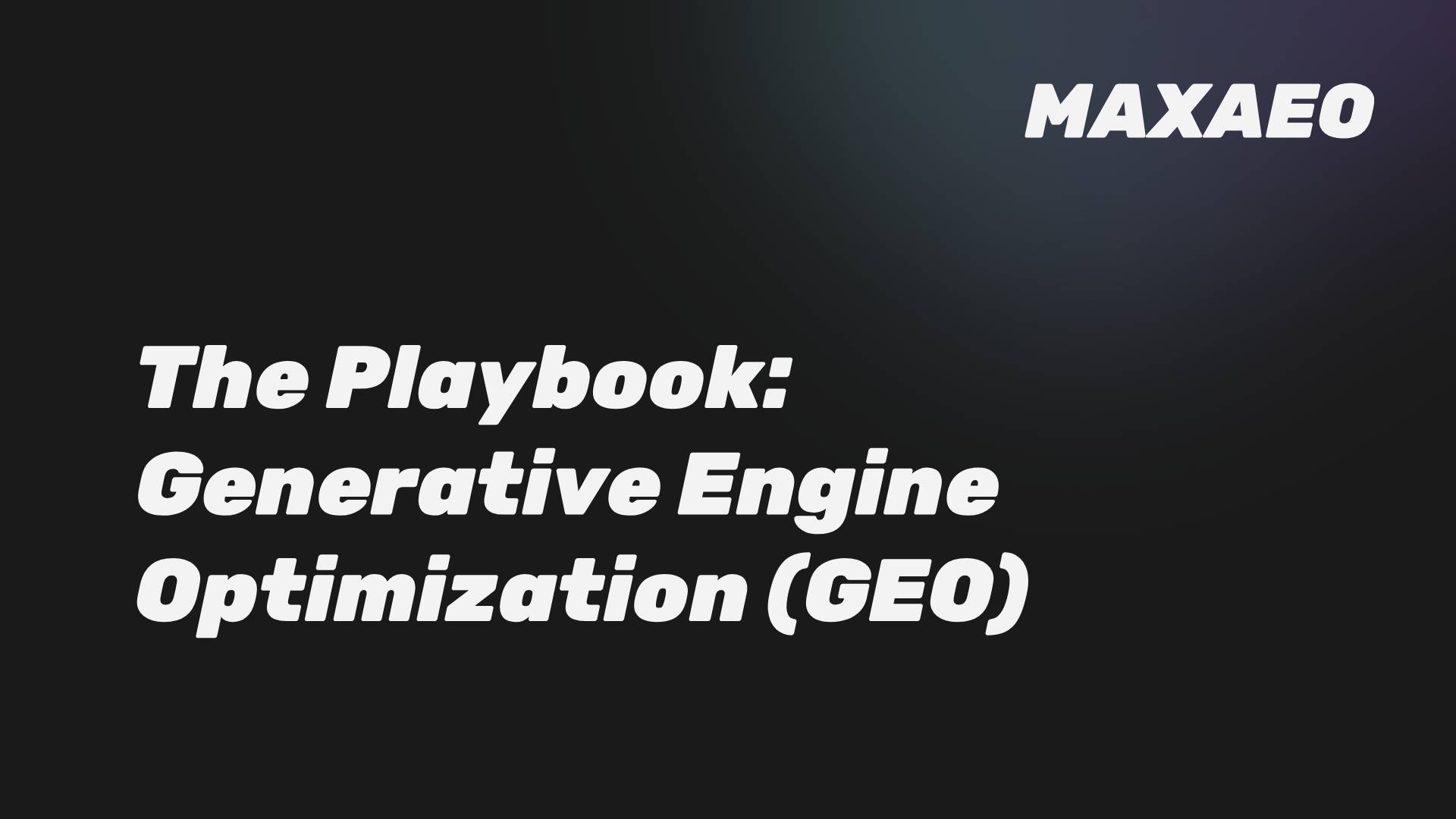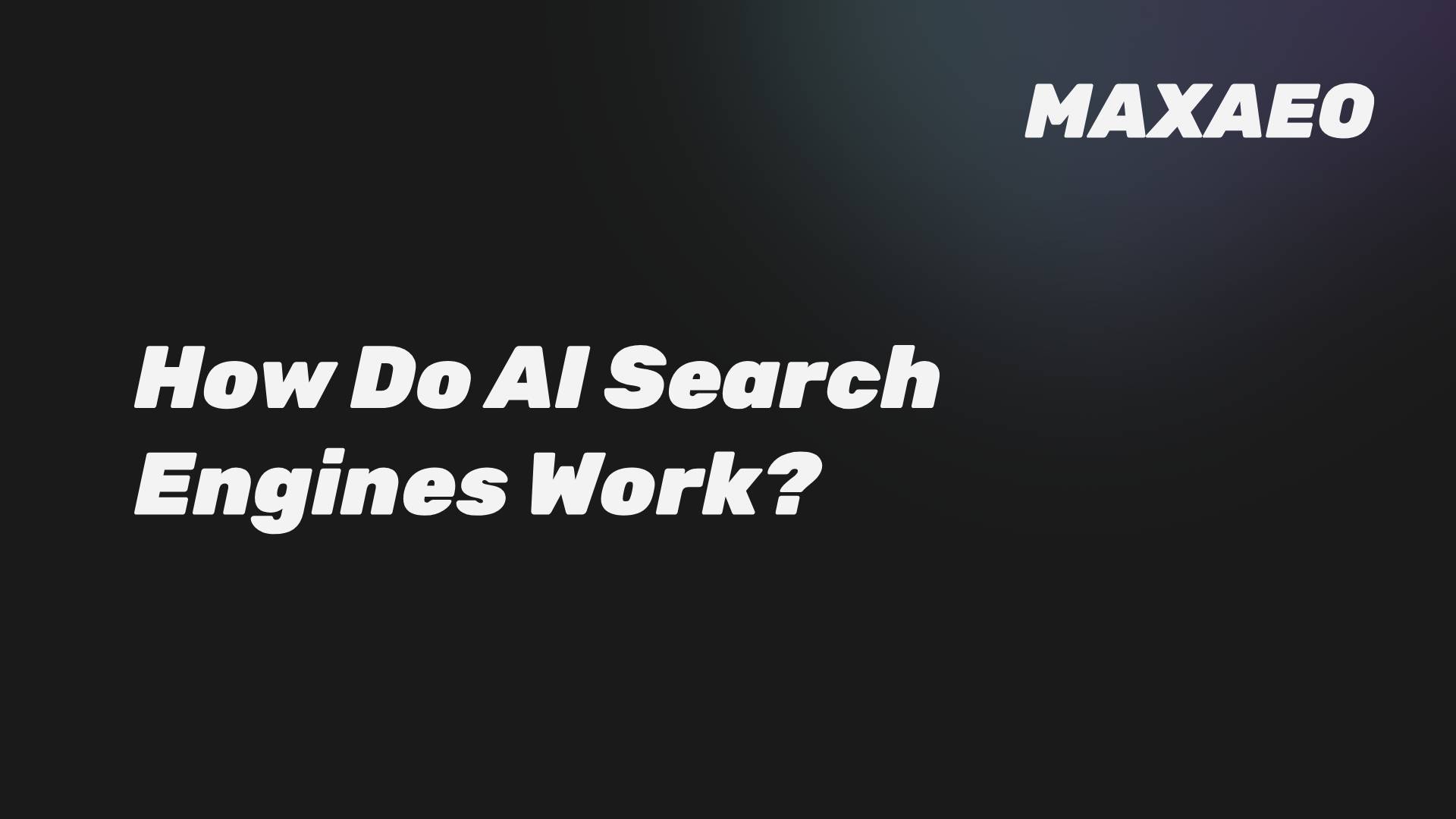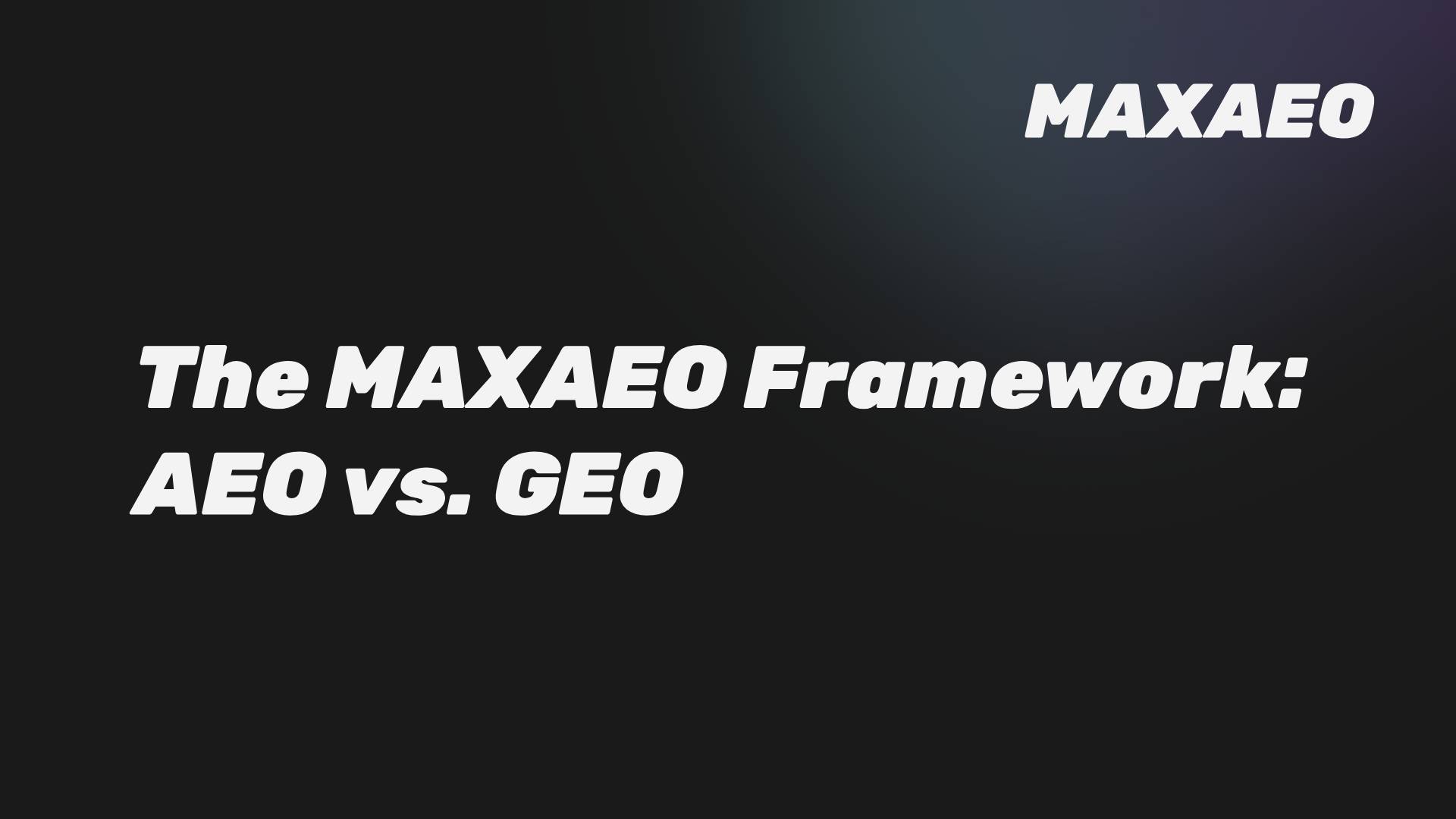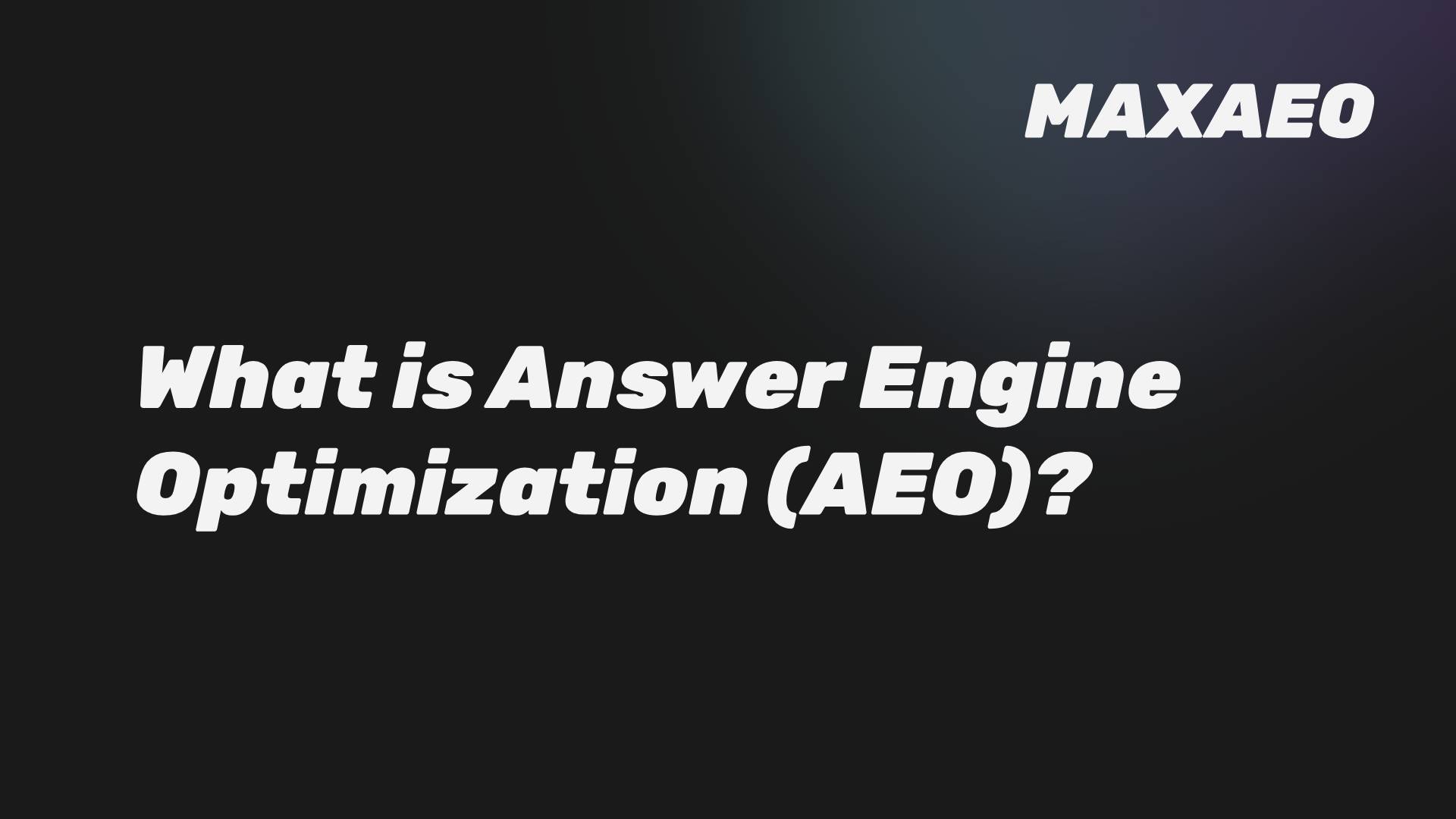· Anton Grant · Digital Marketing · 5 min read
How AI Search Selects Sources: A B2B Leader's Guide to Algorithmic Trust
A strategic guide for B2B leaders on how AI search engines select sources. Learn the trust signals that drive AI citations and how to build the authority needed to get your brand featured in AI-generated answers.
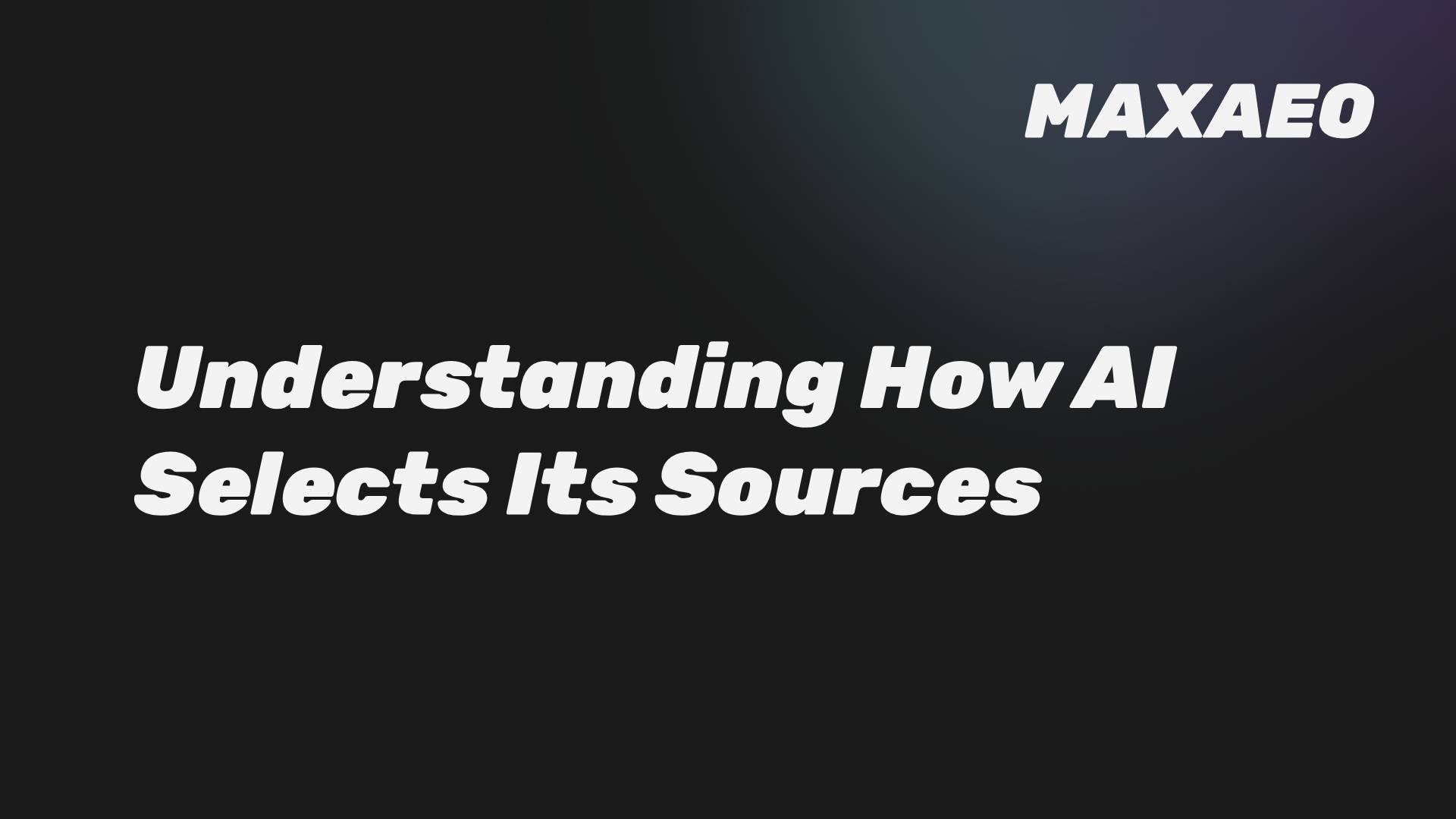
How AI Search Selects Sources: A B2B Leader’s Guide to Algorithmic Trust
In the new landscape of Artificial Intelligence (AI) Search, a critical question has emerged for every B2B leader: Why is the AI citing my competitor and not me? The answer lies in a new set of rules for brand authority, where the trust of the algorithm is the ultimate prize.This guide provides a strategic framework for understanding how AI search engines choose their sources. We will dissect the key signals of algorithmic trust and provide an actionable plan for positioning your brand as the definitive, citable authority in your industry.
What Are the Core Pillars of Algorithmic Trust?
Algorithmic trust is the foundation upon which an AI engine selects its sources. It is not determined by a single metric but by a holistic evaluation of a brand’s entire digital ecosystem. Our analysis shows this trust is built on three core pillars.
Pillar 1: A Diverse and Authoritative Citation Ecosystem
The single strongest predictor of being cited by an AI is having a diverse range of other authoritative sources citing you. Data reveals a strong positive correlation (r = 0.71) between the number of unique domains referencing a brand and its citation frequency in AI answers. In contrast, there is no meaningful correlation between website traffic and citation frequency.
Generative engines look for consensus. A brand mentioned consistently across high-authority publications, user-generated content on platforms like Reddit, and foundational sources like Wikipedia is seen as a more credible and trustworthy entity.
Pillar 2: High-Quality, Verifiable Content
The content itself must be engineered for machine trust. AI models prioritize sources that demonstrate deep expertise and provide clear, unambiguous, and factually dense information.
Content that performs best is comprehensive and demonstrates high levels of E-E-A-T (Experience, Expertise, Authoritativeness, and Trustworthiness). A study found that incorporating verifiable statistics, data, and expert quotes can increase visibility in AI search by up to 40%.
Pillar 3: Semantic Clarity and Structured Data
Finally, the AI must be able to easily understand and extract key information from your content. This is where technical precision becomes a strategic advantage.
Implementing structured data via Schema Markup provides the AI with a clear, machine-readable set of facts. This reduces ambiguity and allows the model to verify information with high confidence, making it more likely to use your content as a source. This is a core tenet of Answer Engine Optimization (AEO).
How Does This Differ from Traditional SEO Trust Signals?
This represents a fundamental shift from the principles of traditional Search Engine Optimization (SEO). While SEO has historically focused on building the authority of a single domain, AI search evaluates the authority of a brand across an entire ecosystem.
| Signal | Traditional SEO | AI Search (GEO/AEO) |
|---|---|---|
| Authority Focus | Domain-centric (backlinks to your website). | Ecosystem-centric (citations from diverse, trusted sources). |
| Content Goal | Comprehensive content to rank for keywords. | Fact-dense content engineered for machine extraction. |
| Primary Lever | Link building and on-page optimization. | Digital PR, community engagement, and structured data. |
What is the Action Plan for Building AI Trust?
Building algorithmic trust is an ongoing, strategic effort. It requires a coordinated approach across your marketing, PR, and technical teams.
Step 1: Audit Your Current Authority Ecosystem
Begin by benchmarking your current citation landscape. Use an AI search monitoring tool to determine which sources are currently being cited for your key topics and where your brand (and your competitors) appear. This will reveal the authority sources the AI already trusts in your market and highlight your most significant visibility gaps.
Step 2: Engineer Your Content for Verifiability
Review and enhance your core content to be a source of truth for the AI.
- Infuse with Verifiable Facts: Add specific data points, statistics, and references to primary research.
- Implement Structured Data: Ensure all key pages have robust schema markup.
- Adopt an Answer-First Structure: Organize content to provide direct, concise answers to user questions.
Step 3: Cultivate Your Third-Party Presence
Develop a proactive strategy to build your brand’s presence across the digital ecosystem.
- Execute Strategic Digital PR: Focus on securing mentions in high-authority publications that are already cited by AI.
- Engage in Key Communities: Provide genuine value on platforms like Reddit to build credibility and generate positive user signals.
- Ensure Foundational Accuracy: Maintain an accurate and well-sourced presence on knowledge platforms like Wikipedia.
Conclusion
In the era of AI Search, visibility is no longer a simple matter of ranking. It is a complex calculation of trust, authority, and credibility that happens across the entire internet. The brands that will win are not necessarily those with the most traffic, but those that have successfully built a verifiable ecosystem of authority.
By understanding how AI engines select their sources and by proactively building the signals of algorithmic trust, you can move from being a spectator to being a cited authority. This is the new strategic imperative for B22B leaders.
Ready to shape your competitive AI advantage? Let’s start that discussion.
